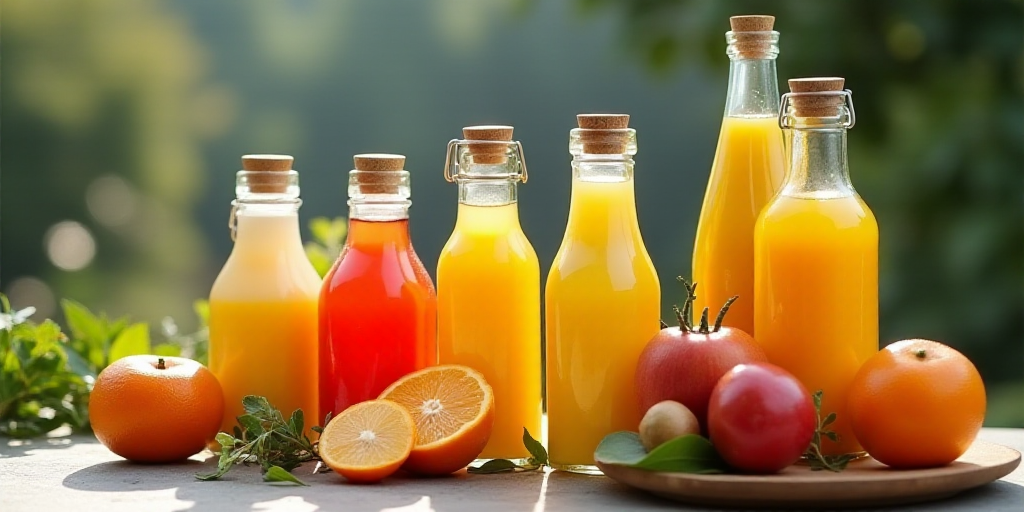Background on the Initiative
In Puebla, Mexico, the prohibition of unhealthy school cafeteria food has paved the way for approximately 250 microenterprises and cooperatives to offer fresh, healthy products. Víctor Gabriel Chedraui, the Secretary of Economic Development and Employment, highlighted this positive development.
Cooperative Participation
Currently, 40 rural cooperatives are actively supplying schools that meet the necessary requirements. An assortment of around 80 products is being purchased by schools, with 28 being the most popular, including dehydrated fruits, amaranth, and other nutritious options.
School Involvement
Approximately 110 schools have started acquiring products managed by student cooperatives for their school stores. Chedraui hopes that more schools will follow this example, as it contributes to the local economy.
Scale and Challenges
With 14,285 basic level schools in Puebla’s education system—82% public and 18% private—there is significant potential for cooperative growth. However, Chedraui emphasized that cooperatives must assess their production capacity and determine how many they can sustainably serve.
Support and Collaboration
Chedraui explained that the state’s health department, in collaboration with the cooperatives, ensures compliance with regulations set by Cofepris. This effort is part of the federal government’s “Vive Saludable, Vive Sano” strategy to provide conservant-free, nutrient-dense food options in school stores.
Nutritional Guidance
Chedraui mentioned that his office is assisting microenterprises and cooperatives in adhering to nutritional standards for healthy products. The Centros Innovadores de Transformación (CITRAS) initiative, located in technology universities, will further support cooperatives in developing compliant products.
Key Questions and Answers
- What is the main initiative in Puebla schools? The prohibition of unhealthy school cafeteria food has led to the emergence of approximately 250 microenterprises and cooperatives offering fresh, healthy products.
- How many cooperatives are currently supplying schools? Forty rural cooperatives are actively providing products to schools that meet the necessary requirements.
- Which products are most popular among schools? Among the 80 available products, 28 are most sought after, including dehydrated fruits and amaranth.
- How many schools are participating in this initiative? Around 110 schools have started acquiring products managed by student cooperatives for their school stores.
- What challenges do cooperatives face? Cooperatives must assess their production capacity and determine how many schools they can sustainably serve, as there is significant potential for growth with 14,285 basic level schools in Puebla’s education system.
- What support is available for cooperatives? The state’s health department collaborates with cooperatives to ensure compliance with Cofepris regulations. Additionally, nutritional guidance and support from the Centros Innovadores de Transformación (CITRAS) initiative help cooperatives develop compliant products.






